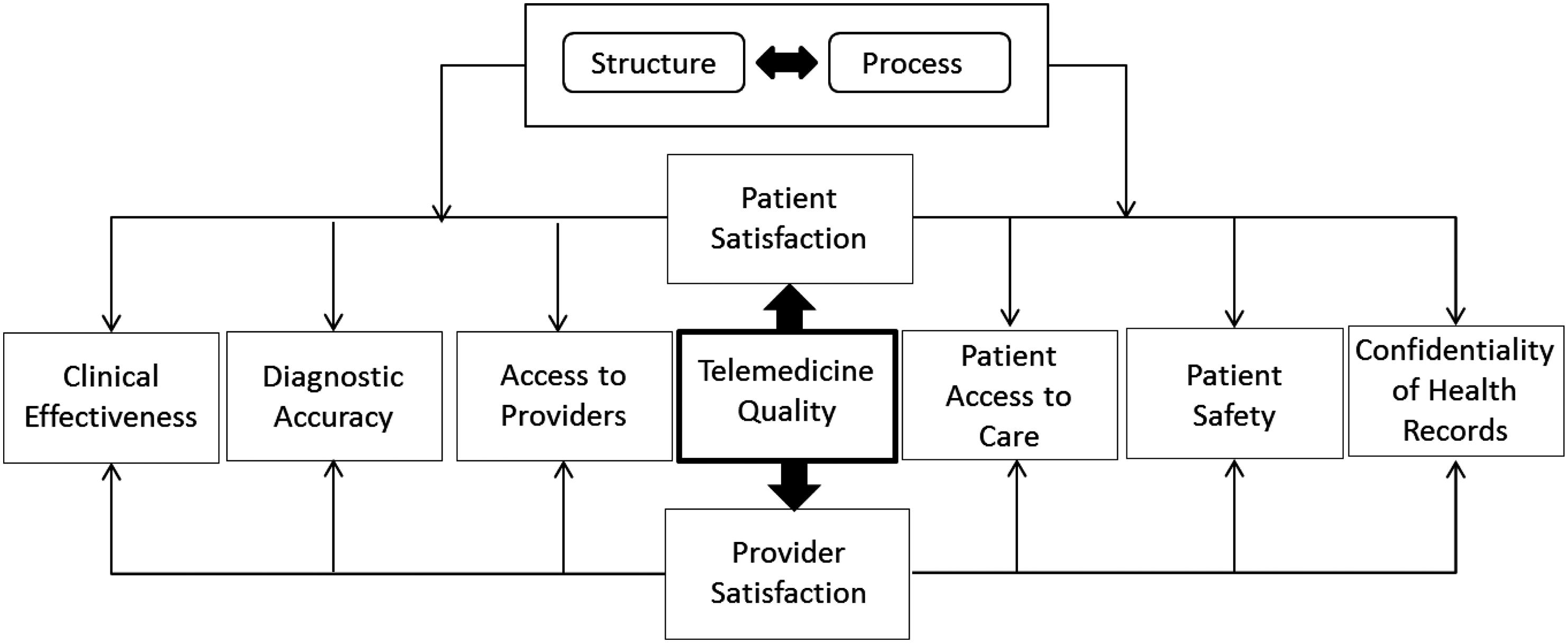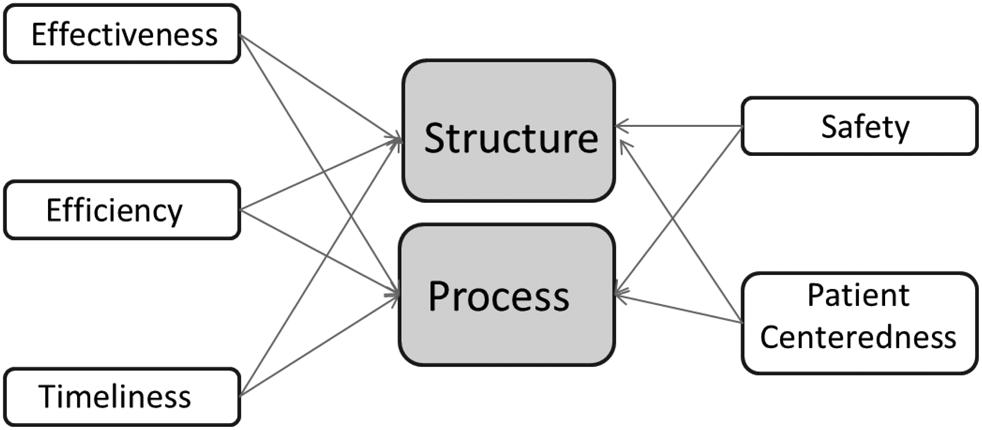
3 minute read
Poka-Yoke
“Poka-yoke” is a Japanese term that means “mistake-proofing” or “inadvertent error prevention.” The key word in the second translation, often omitted, is “inadvertent.” It is also referred to as “error-proofing.” Some have described it as a system that allows employees to immediately catch any mistake so it can be corrected. Organizations pay a hefty price when mistakes reach the customer. The aim of poka-yoke is to design processes so mistakes are prevented or corrected immediately, thus eliminating defects at the source. Often, mistake proofing is accomplished by providing barriers that prevent people from taking the wrong action. Poka-yoke has been used in healthcare to prevent life-threatening mistakes. There are many examples in healthcare where mistake proofing through poka-yoke has been applied to medical devices. Human errors and faulty medical devices can threaten the safety of patients; poka-yoke techniques, used with employee training, can reduce the chances of these errors. Technology has become a powerful ally in the battle against mistakes and errors in healthcare.
The Agency for Healthcare Research and Quality has provided a catalog of poka-yoke examples in healthcare, as follows:
Advertisement
◾ Infant Abduction Prevention: With the aid of electronic sensor technology, an electronic device, or “tag,” is clamped to the infant’s umbilical cord. The tag ensures that the infant is not removed from the nursery.
If the infant is removed without authorization, alarms sound, specified doors lock, and the elevators automatically return to the secured maternity floor. The elevator doors remain open. ◾ Patient Identification and Safety: Bar coding has been very effective in reducing certain types of mistakes in healthcare. Healthcare facilities have used bar coding to ensure a match between patients and their treatment, medicines, and supplies. Practitioners have emphasized the importance of radiologists matching the film they are reading to the right patient and how bar coding has been useful in that regard. Bar codes are attached to every order so the radiologist can electronically identify the patient and ensure the correct patient (information) has been entered into the digital dictation system. Bar coding has also been used to combat the problem of mislabeled specimens. Each specimen is labeled with a bar code specific to the patient and the test ordered. The instruments in the laboratory are programmed to identify the bar code
that ensures positive patient identification and to verify the correct test is performed. A word of caution! The use of bar codes does not automatically prevent errors. Staff should check that assigned bar codes match. ◾ Computer-Aided Nutrition and Mixing: Software profiles total parenteral nutrition (TPN). A patient’s nutritional needs (i.e., protein, sugar, fat, vitamins, and electrolytes) are entered into the software application, which sends a message to an automixer that compounds the ingredients to create the base solution. The software issues a warning if certain concentrations of ingredients are exceeded based on values specified in the literature. ◾ Drug Interactions: The use of software to check for drug interactions has been quite effective in combating mistakes. The software alerts the user of an error. Shingo believes defect detection and rapid feedback following a mistake are nearly as effective as not making the mistake at all. Even after an initial mistake, staff can recover before substantial harm occurs. In this case, the pharmacist double-checks the prescriptions submitted by doctors. It is clear that there is no resultant harm if an error can be caught by the pharmacist before the patient receives the medicine, thereby avoiding, at the very least, significant difficulties for the pharmacist, doctor, and patient. ◾ Computerized Physician Order Entry (CPOE): Systems have been shown to reduce the incidence of serious medication errors. CPOE is computer software that physicians and other healthcare providers use to issue and record patient orders for diagnostic and treatment services such as medications, laboratory tests, and diagnostic tests. According to the experts, CPOE provides several mistake-proofing features: – Informs providers of common dosages and overdose warnings via drop-down menus – Eliminates the issue of illegible handwriting – Conducts drug interaction and allergy-checking routines – Employs sophisticated systems that function as a clinical decision support system (CDSS). ◾ Hemoglobin Testing: Precision hemoglobin testing is important because appropriate diagnosis and treatment are based on the results. Automatic hemoglobin testing devices that perform analyses in under one minute have replaced analyses that relied on visual judgment or time-consuming, complicated methods for their precision.
So, what are the requirements for implementing poka-yoke? One of the characteristics of a lean culture is a passion for error prevention.





